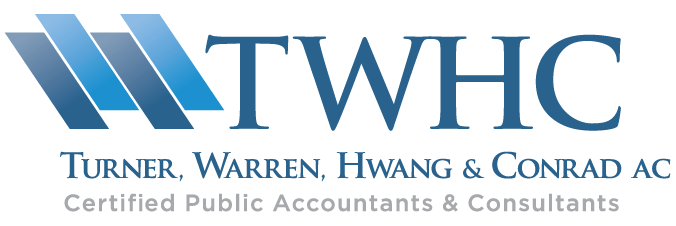Many businesses hire part-time or full-time workers, especially in the summer. The IRS classifies these employees as seasonal workers, defined as employees performing labor or services on a seasonal basis (i.e., six months or less). Examples of this kind of work include retail workers employed exclusively during holiday seasons, sports events, or during the harvest or commercial fishing season.
Part-time and seasonal employees are subject to the same tax withholding rules that apply to other employees and all taxpayers should fill out a W-4 when starting a new job. Employers use this form to determine the amount of tax to be withheld from your paycheck. Taxpayers (including students) with multiple summer jobs will want to ensure all their employers withhold adequate taxes to cover their total income tax liability.
Changes To Withholding Under Tax Reform
The Tax Cuts and Jobs Act changed the tax law in 2018, and included increasing the standard deduction, eliminating personal exemptions, increasing the child tax credit, limiting or discontinuing certain deductions, and changing the tax rates and brackets. Taxpayers returning to the workforce, working part-time, or with seasonal jobs, may not be aware of the changes in tax law that could affect their paycheck.
If you’ve recently started a part-time seasonal job, now is an excellent time to perform a “paycheck check-up” using the Withholding Calculator, a special tool on the IRS website that can help taxpayers with part-year employment estimate their income, credits, adjustments, and deductions more accurately. It also checks to see whether a taxpayer is having the correct amount of tax withheld for their financial situation.
Using the Withholding Calculator
- First, the calculator asks about a taxpayer’s employment dates and accounts for a part-year employee’s shorter employment rather than assuming that their weekly tax withholding amount would be applied to a full year.
- Next, the calculator makes recommendations for part-year employees accordingly. If a taxpayer has more than one part-year job, the Withholding Calculator can also account for this.
Taxpayers should have a completed prior-year tax return and need their most recent pay stub before using the Withholding Calculator.
Calculator results depend on the accuracy of information entered. If a taxpayer’s circumstances change during the year, they should return to the calculator to check whether they should adjust their withholding. For taxpayers working for only part of the year, it’s best to do a “paycheck check-up” early in their employment period so their tax withholding is most accurate.
The Withholding Calculator does not request personally identifiable information, such as name, Social Security number, address, or bank account numbers. The IRS does not save or record the information entered on the calculator. As always, taxpayers should watch out for tax scams, especially via email or phone, and be alert to cybercriminals impersonating the IRS. Remember, the IRS does not send emails about the calculator or the information entered.
If You Need To Adjust Your Withholding
If the calculator results indicate a change in withholding amount, the employee should complete a new Form W-4 and submit it to their employer as soon as possible. Employees with a change in personal circumstances that reduces the number of withholding allowances should submit a new Form W-4 with corrected withholding allowances to their employer within ten days of the change.
As a seasonal or part-time worker, you may not be required to file a federal or state return if the wages you earn at a part-time or seasonal job are less than the standard deduction; however, if you work more than one job, you may end up owing tax.
As you can see, seasonal and part-time workers have unique tax situations. If you have any questions about your tax situation, don’t hesitate to call the office today.





